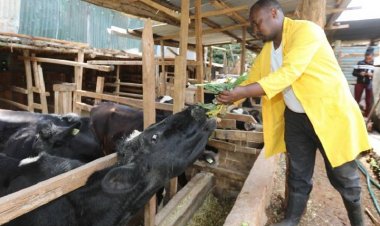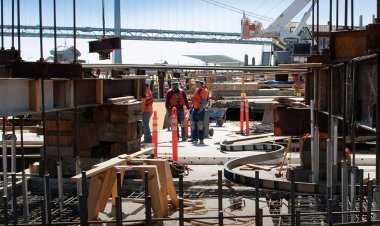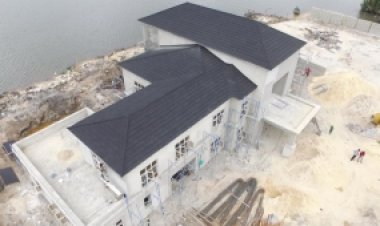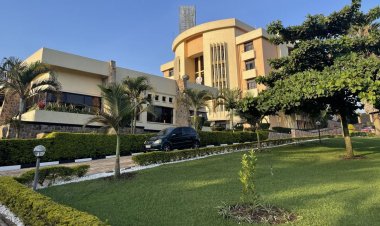How to Improve Brownfields for Growth in Real Estate in Africa
Brownfields are abandoned or underutilized properties, often contaminated or environmentally compromised, that have the potential for redevelopment.

Improving brownfields for growth in real estate is a significant opportunity for development in Africa. Brownfields are abandoned or underutilized properties, often contaminated or environmentally compromised, that have the potential for redevelopment. By revitalizing these areas, countries in Africa can unlock economic potential, create jobs, and address urbanization challenges. Here are some strategies to improve brownfields for growth in real estate:
1. Conduct thorough assessments
Before initiating any redevelopment plans, it is crucial to conduct comprehensive assessments of brownfield sites. This includes environmental assessments to identify and mitigate any contamination issues, as well as feasibility studies to determine the viability of redevelopment projects.
2. Engage stakeholders
Successful brownfield redevelopment requires collaboration among various stakeholders, including government agencies, local communities, developers, and environmental experts. Engaging these stakeholders in the early stages of planning ensures that their concerns and perspectives are considered, leading to more inclusive and sustainable redevelopment projects.
3. Develop a clear vision and plan
Creating a clear vision and plan for brownfield redevelopment is essential. This involves setting goals, identifying target industries or sectors for development, and outlining strategies for attracting investors and developers. A well-defined plan provides a roadmap for revitalization efforts and helps secure funding and support from both the public and private sectors.
4. Provide financial incentives
Governments can play a crucial role in incentivizing brownfield redevelopment by offering financial incentives to developers. This can include tax breaks, grants, or low-interest loans to encourage investment in these areas. Such incentives can help offset the costs associated with environmental remediation and infrastructure upgrades.
5. Foster public-private partnerships
Collaborations between the public and private sectors can accelerate brownfield redevelopment. Governments can partner with developers, investors, and community organizations to share resources, expertise, and risks. Public-private partnerships can leverage the strengths of each sector and create a more sustainable and inclusive approach to brownfield revitalization.
6. Prioritize sustainability
Brownfield redevelopment should prioritize sustainability and environmental stewardship. Incorporating green building practices, renewable energy sources, and efficient infrastructure systems can enhance the long-term viability and attractiveness of these redeveloped areas. Additionally, integrating green spaces and promoting walkability can improve the quality of life for residents and attract businesses and investors.
7. Promote mixed-use development
Brownfield sites offer opportunities for mixed-use development, combining residential, commercial, and recreational spaces. This approach maximizes land use efficiency, creates vibrant communities, and supports economic growth. By integrating different land uses, brownfield redevelopment can cater to diverse needs and attract a range of businesses and residents.
In conclusion, improving brownfields for growth in real estate in Africa requires careful planning, stakeholder engagement, and sustainable development practices. By adopting these strategies, countries in Africa can transform underutilized areas into thriving, economically viable, and environmentally sustainable communities.
If you have a real estate press release or any other information that you would like featured on the African Real Estate Blog Post, do reach out to us via email at [email protected]

































